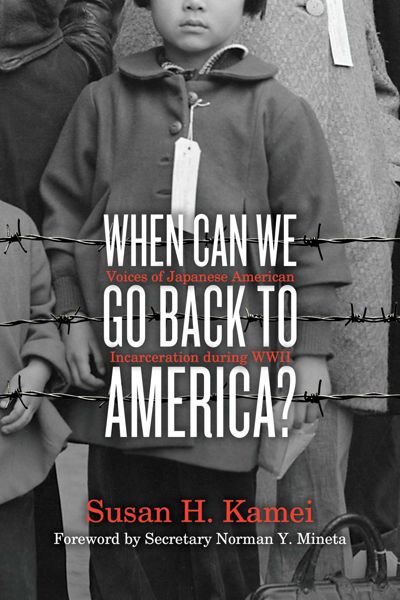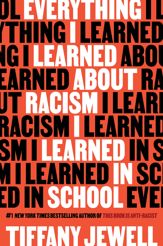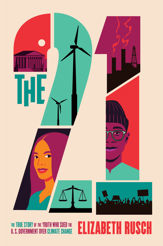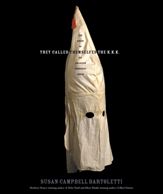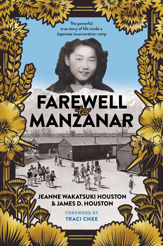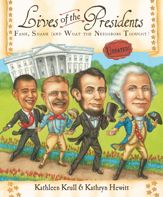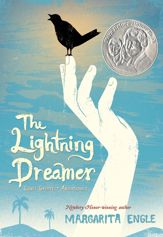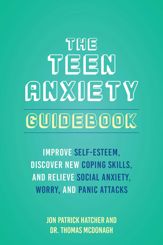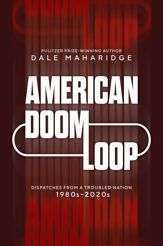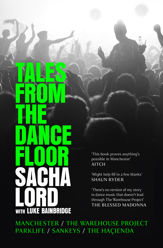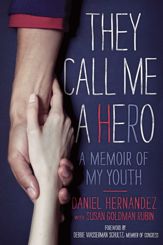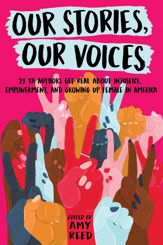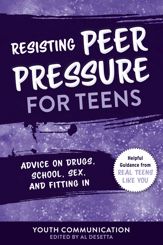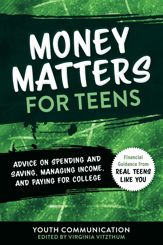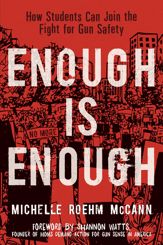Kamei, a lawyer instrumental in achieving redress for those incarcerated following Executive Order 9066, seamlessly combines dozens of personal narratives with detailed historical research.
These stories, drawn mostly from works in the public domain, are presented in this volume that covers the bombing of Pearl Harbor through to the redress movement, the 1983 congressional commission findings, and former President Donald Trump’s 2017 executive orders restricting travel from many predominantly Muslim countries. The author provides a framework for understanding the lead-up to the decision to intern so-called enemy aliens, along with about 72,000 American citizens of Japanese descent. From there, she shares their harrowing journey to barren desert camps, the harsh realities of life behind barbed-wire fences, and their eventual release during a time when anti-Japanese sentiments still ran high. The use of direct quotes from internees—many of them children and young adults—adds remarkable emotional weight. Many lives were ruined as people’s dreams and life goals were crushed, and readers will viscerally connect with their endurance and marvel at how many still maintained faith in the democratic system. The message of awareness of this past injustice and its connection to standing in solidarity with others who face injustice is a compelling theme of this riveting and indispensable work.
This landmark historical account shines a light on a part of American history that must be remembered. (author's note, centers and camps, timeline, glossary, abbreviations, contributor notes, sources, excerpt permissions, resources, index)
Description
Four starred reviews!
A Kirkus Reviews Best YA Nonfiction of 2021
In this “riveting and indispensable” (Kirkus Reviews, starred review) narrative history of Japanese Americans before, during, and after their World War II incarceration, Susan H. Kamei weaves together the voices of over 130 individuals who lived through this tragic episode, most of them as young adults.
It’s difficult to believe it happened here, in the Land of the Free: After the bombing of Pearl Harbor in 1941, the United States government forcibly removed more than 120,000 persons of Japanese ancestry from the Pacific Coast and imprisoned them in desolate detention camps until the end of World War II just because of their race.
In what Secretary Norman Y. Mineta describes as a “landmark book,” he and others who lived through this harrowing experience tell the story of their incarceration and the long-term impact of this dark period in American history. For the first time, why and how these tragic events took place are interwoven with more than 130 individual voices of those who were unconstitutionally incarcerated, many of them children and young adults.
Now more than ever, their words will resonate with readers who are confronting questions about racial identity, immigration, and citizenship, and what it means to be an American.
Reviews
As a US History teacher, I consider When Can We Go Back to America? to be a valuable teaching reference. Packed full of diverse incarceree perspectives, it includes useful features such as primary source excerpts, a time line, a glossary, and explanations of incarceration geography. Kamei’s strength as a legal scholar comes through in making the historical context and legal significance of key court cases accessible to high school students. The work motivates us to apply the lessons learned to current events and inspires us to consider ways we could act in allyship with other communities.
In When Can We Go Back to America?, Susan Kamei relates the whole range of Japanese American experiences during World War II—from the camps to the courtrooms, from the soldiers of the segregated 442nd Regimental Combat Team to the draft resisters—restoring a much-needed sense of agency to people who triumphed over prejudice during a period of nationwide fear. At a time when Asian Americans face new threats in their own homeland, When Can We Go Back to America? is a bracing reminder of the challenges facing minorities—and their hard-earned successes.
When Can We Go Back to America? is spell-binding tour de force that illuminates the heart-wrenching reality of lives forever changed by a national atrocity of inhumane proportions. In drawing upon first-hand accounts of those incarcerated, Kamei has created a moving record that shows the consequences of unchecked political power. For those examining the case for reparations for Black American descendants of slavery in the United States, some events are frighteningly familiar—denying a disfavored group the right to own property or vote, rounding up innocent unsuspecting people at gunpoint and rendering them homeless, and confiscating and appropriating their property. The hitherto untold stories of confusion, disbelief, frustration, anger, protest, and resolve provide a legacy of inspiration for current and future generations. They also serve as a warning of what can happen when racism and hysteria drive our nation’s thinking instead of justice.
